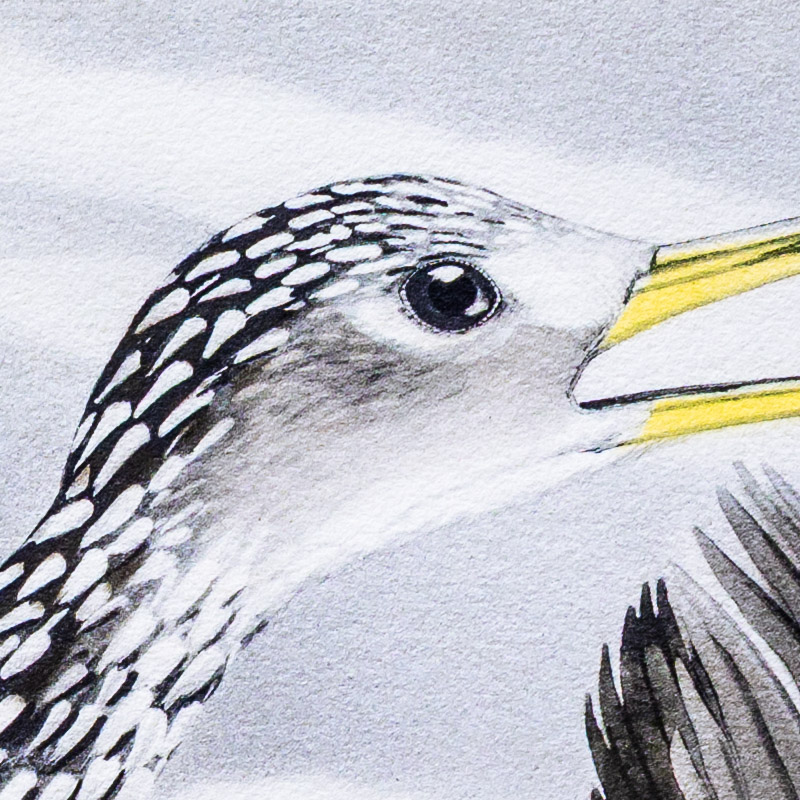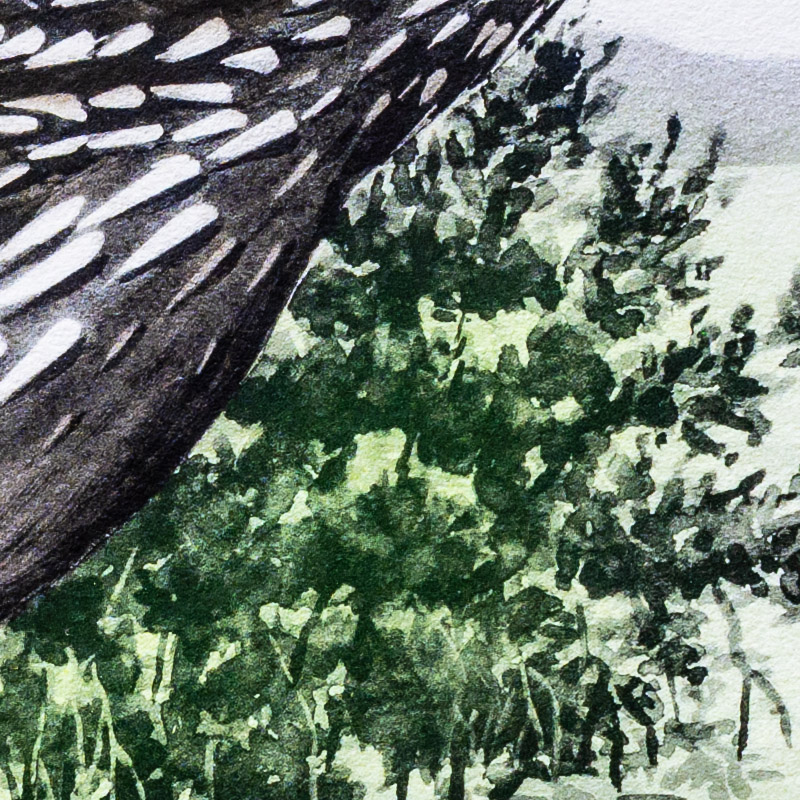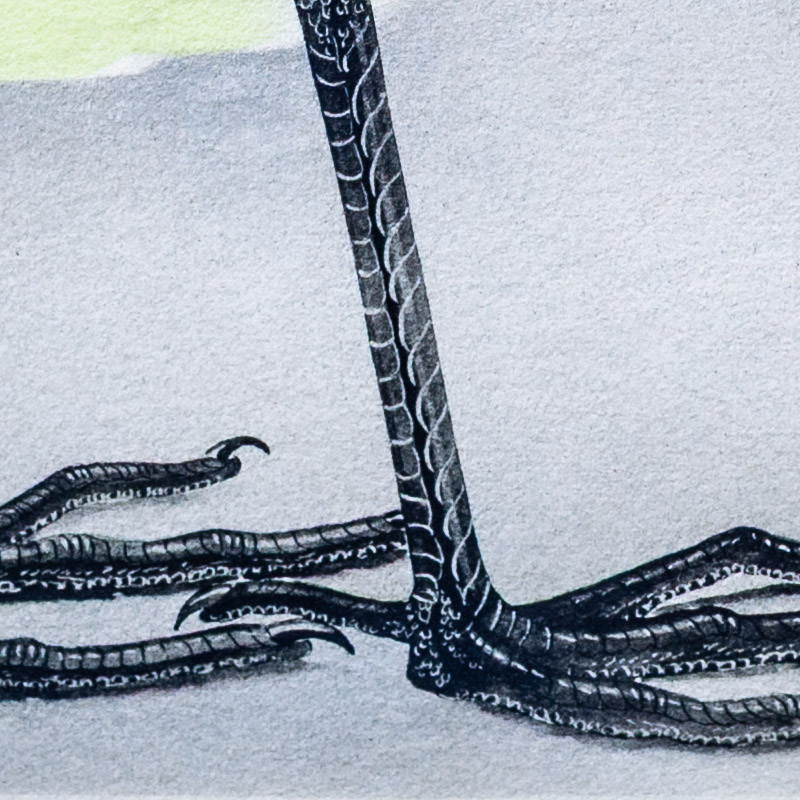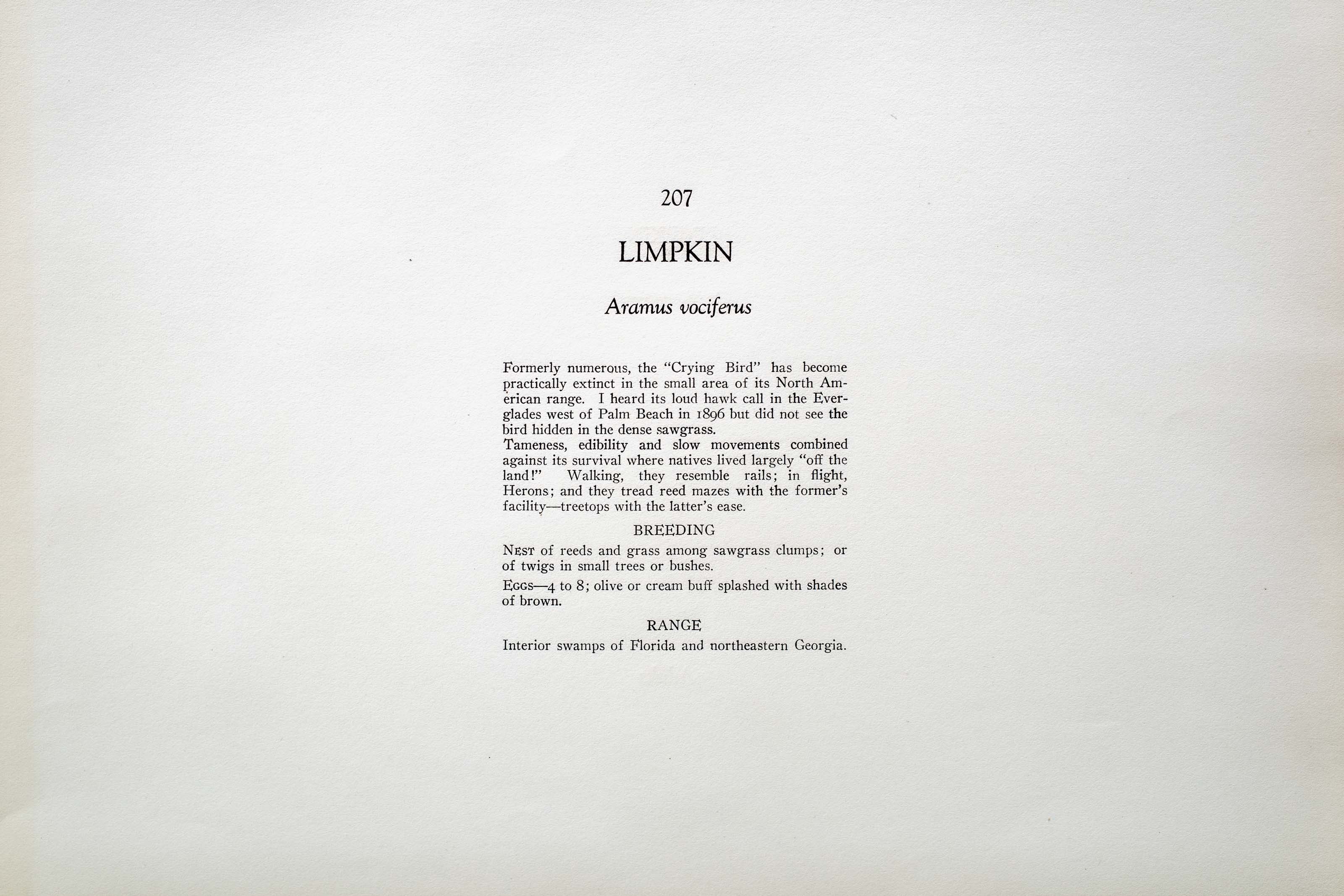






Unknown
1930
3
207
A team of dedicated board members, volunteers, and student interns has published every page in Volume 9. This volume includes 360 images of paintings and lyrical descriptions of birds, now available online for everyone to enjoy anywhere in the world. This is a monumental task. Each volume requires approximately 400 hours to photograph, edit, transcribe, catalog, and publish online. We need your support to complete this work.
If you're tech-savvy, have a good eye, are meticulous with details, and love structured data, please consider volunteering by emailing us at hello@rexbrasher.org.
We encourage all bird lovers and supporters to consider a monetary donation to support our mission to make Rex's work available for everyone. You can provide a one-time or recurring donation online.
Formerly numerous, the "Crying Bird" has become practically extinct in the small area of its North American range. I heard its loud hawk call in the Everglades west of Palm Beach in 1896 but did not see the bird hidden in the dense sawgrass.
Tameness, edibility and slow movements combined against its survival where natives lived largely "off the land!" Walking, they resemble rails; in flight, Herons; and they tread reed mazes with the former's facility — treetops with the latter's ease.
NEST of reeds and grass among sawgrass clumps; or of twigs in small trees or bushes.
EGGS — 4 to 8; olive or cream buff splashed with shades of brown.
Interior swamps of Florida and northeastern Georgia.